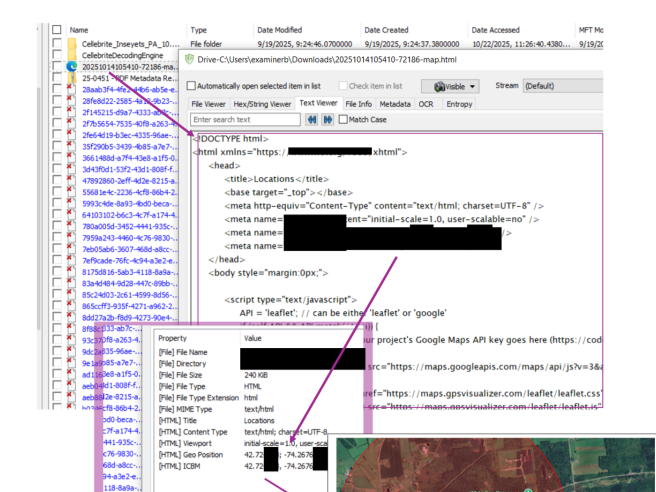Too many organizations treat incident response (IR) like a fire extinguisher: break glass when needed. But real resilience is built long before the alarms go off.
In this article, we explore why disaster recovery, business continuity planning, and incident response tabletop exercises are not just technical safeguards – they’re strategic rehearsals. Whether you’re in legal, healthcare, finance, or manufacturing, proactive IR is the difference between chaos and control.
Incident response (IR) – A structured approach to identifying, managing, and mitigating cybersecurity incidents to minimize damage and restore normal operations quickly. (Steps taken when something bad happens.)
Business continuity planning (BCP) – A proactive strategy to ensure that critical business functions continue during and after a crisis, minimizing downtime and financial impact. (Steps to keep everyone working while the IR steps are occurring.)
Disaster recovery (DR) – A set of policies and procedures focused on restoring IT infrastructure and data access after a major disruption or disaster. (Steps after the bad thing is over.)
Why Proactive Incident Response Starts Long Before the Breach
In cybersecurity, the difference between resilience and chaos often hinges on preparation. Too often, organizations treat IR as a reactive function – something to be dusted off only after something goes wrong. That mindset isn’t just risky; it’s expensive.
Why Proactive Incident Response is Expensive When Ignored
Treating incident response as a reactive measure can lead to significant financial and operational consequences. According to IBM’s Cost of a Data Breach Report, the average cost of a breach in 2024 was $4.45 million, with detection and escalation costs rising year over year. A lack of preparation often results in:
- Longer recovery times due to unclear roles and processes.
- Higher legal, regulatory, and reputational costs.
- Increased downtime, which can cost businesses thousands to millions per hour depending on industry.
Proactive IR planning, including tabletop exercises, playbook development, and threat hunting, may require upfront investment, but can dramatically reduce the mean time to detect (MTTD) and mean time to respond (MTTR), ultimately saving money and preserving trust.
The Power of Proactive IR
A mature IR program doesn’t begin with containment; it begins with rehearsal. Before the breach, before the ransomware note, before the regulator calls. Proactive IR means:
- Understanding the business impact of downtime
- Mapping dependencies across systems and vendors
- Clarifying roles and responsibilities across teams
These aren’t questions to answer in the heat of the moment. They’re the foundation of a resilient organization.
Tabletop Exercises: Your Cybersecurity Fire Drill
Tabletop exercises simulate real-world scenarios – from insider threats to ransomware attacks –and walk stakeholders through their response. They expose gaps, challenge assumptions, and build muscle memory.
Examples that deliver real value:
- Ransomware rehearsal – Determine whether to pay and how much you can afford, as well as potential legal consequences.
- Revenue impact modeling – Discuss how a 12-hour outage will affect your operations and client trust.
- Communication drills – Draft breach notifications and press statements before they’re needed.
Sector-Agnostic, Risk-Specific
No matter what industry you’re in, the principles remain the same: downtime costs money, confusion costs trust, and silence costs compliance. Stop treating IR as a fire extinguisher. It’s a strategic capability. And like any capability, it must be trained, tested, and trusted.
Start preparing now by contacting our cyber experts. We can work with your team to develop or rework your IR plan or run though a tabletop exercise scenario tailored to your organization, so you’re prepared when that alarm inevitably goes off.



